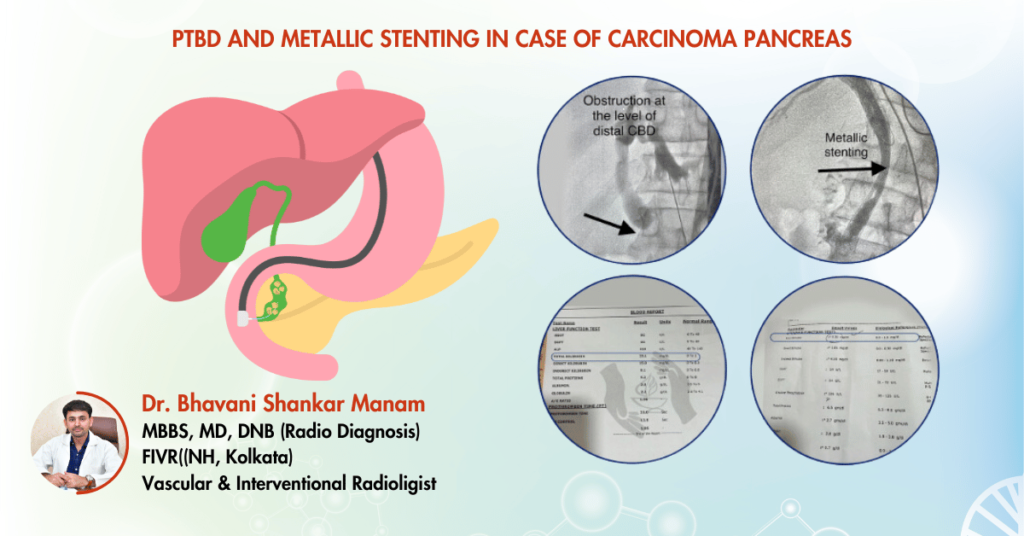Effective Treatment for Giant Liver Haemangiomas: A Case Study
Giant liver haemangiomas are large benign masses in the liver, often asymptomatic but potentially causing discomfort as they grow. This case study follows a 65-year-old male patient who underwent successful treatment for a giant liver haemangioma using Transarterial Chemoembolization (TACE).
Symptoms of a Giant Liver Haemangioma
The patient, a 65-year-old male, complained of persistent abdominal pain and a feeling of fullness. Imaging studies identified a large mass in the liver, measuring 12×10 cm. The patient’s symptoms and the size of the tumour warranted intervention.
Diagnosis and Initial Evaluation
Imaging studies such as CT scans and ultrasounds confirmed the presence of a giant mass in the liver. While haemangiomas are typically benign, their size and location were causing symptoms that needed to be addressed.
Minimally Invasive Treatment: TACE for Liver Tumours
After thorough evaluation, the medical team recommended Transarterial Chemoembolization (TACE), a targeted, minimally invasive procedure. TACE involves injecting chemotherapy drugs directly into the blood vessels that supply the tumour, cutting off its blood supply, which causes the haemangioma to shrink.
The TACE Procedure and Its Benefits
During the procedure, chemotherapy was introduced into the blood vessels of the tumour using a catheter. This blocked the tumour’s blood supply, leading to a reduction in size. The approach was minimally invasive, with the patient experiencing a quick recovery.
Positive Outcome and Post-Treatment Care
Following the TACE procedure, the patient reported significant relief from his symptoms. Imaging tests confirmed that the haemangioma had shrunk, and the patient was able to resume normal activities without discomfort.
Key Points on Managing Benign Liver Tumours
- Giant Haemangiomas: While often asymptomatic, these large tumours can cause pain and discomfort when they grow.
- Non-Surgical Approach: TACE is a preferred option for treating liver haemangiomas, offering significant relief without the need for surgery.
- Long-Term Monitoring: Regular imaging is essential to monitor the tumour’s status and ensure no recurrence or further growth.
Conclusion: The Effectiveness of TACE in Treating Liver Haemangiomas
This case study demonstrates how Transarterial Chemoembolization (TACE) can successfully treat giant liver haemangiomas, leading to significant symptom relief and improvement in quality of life. For patients with similar conditions, TACE offers an effective alternative to surgery, with minimal recovery time and promising long-term results.

